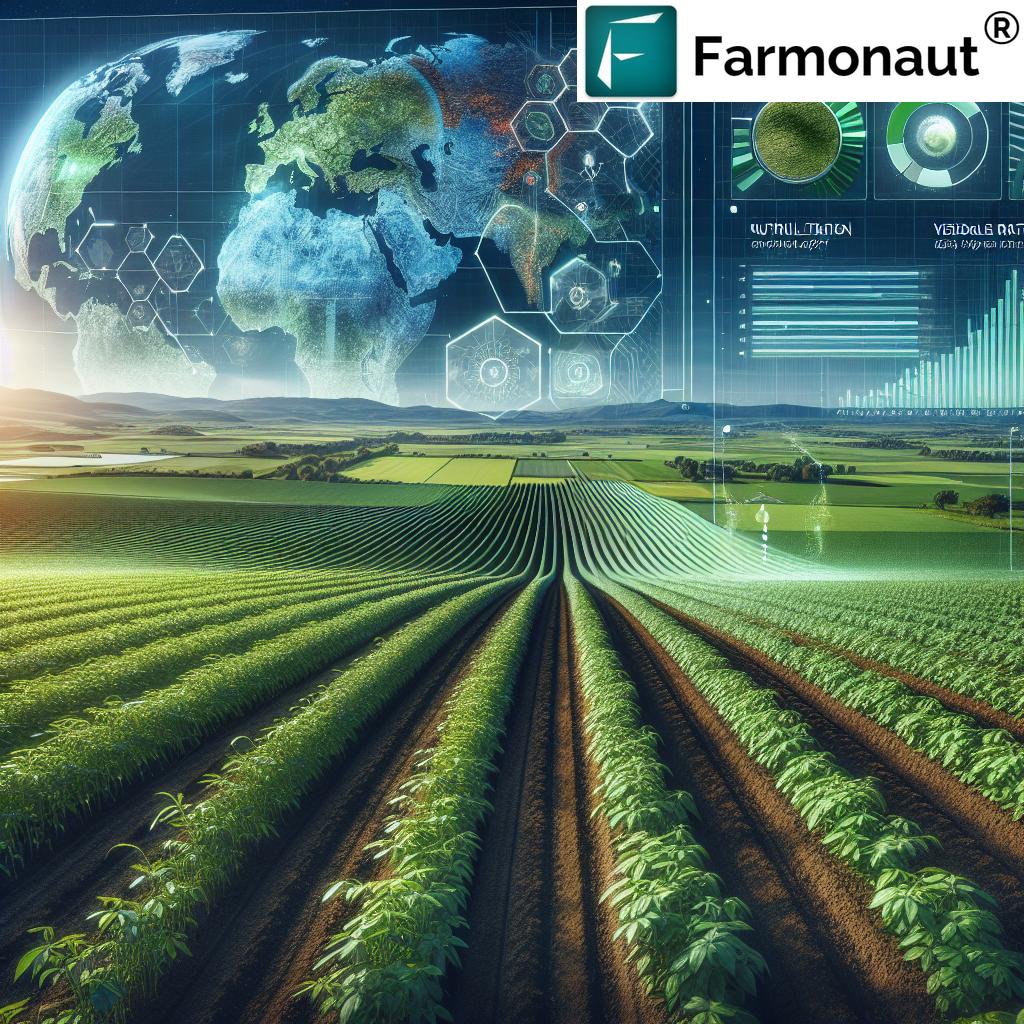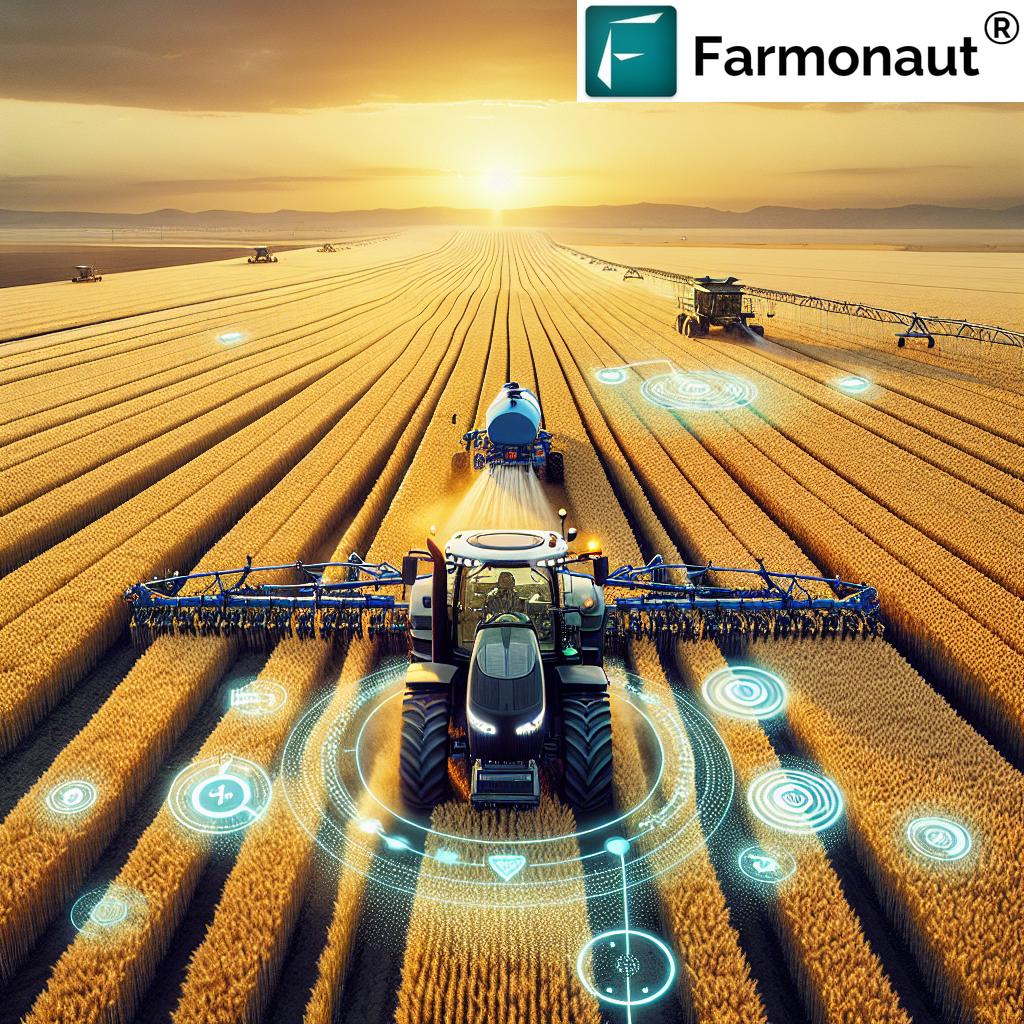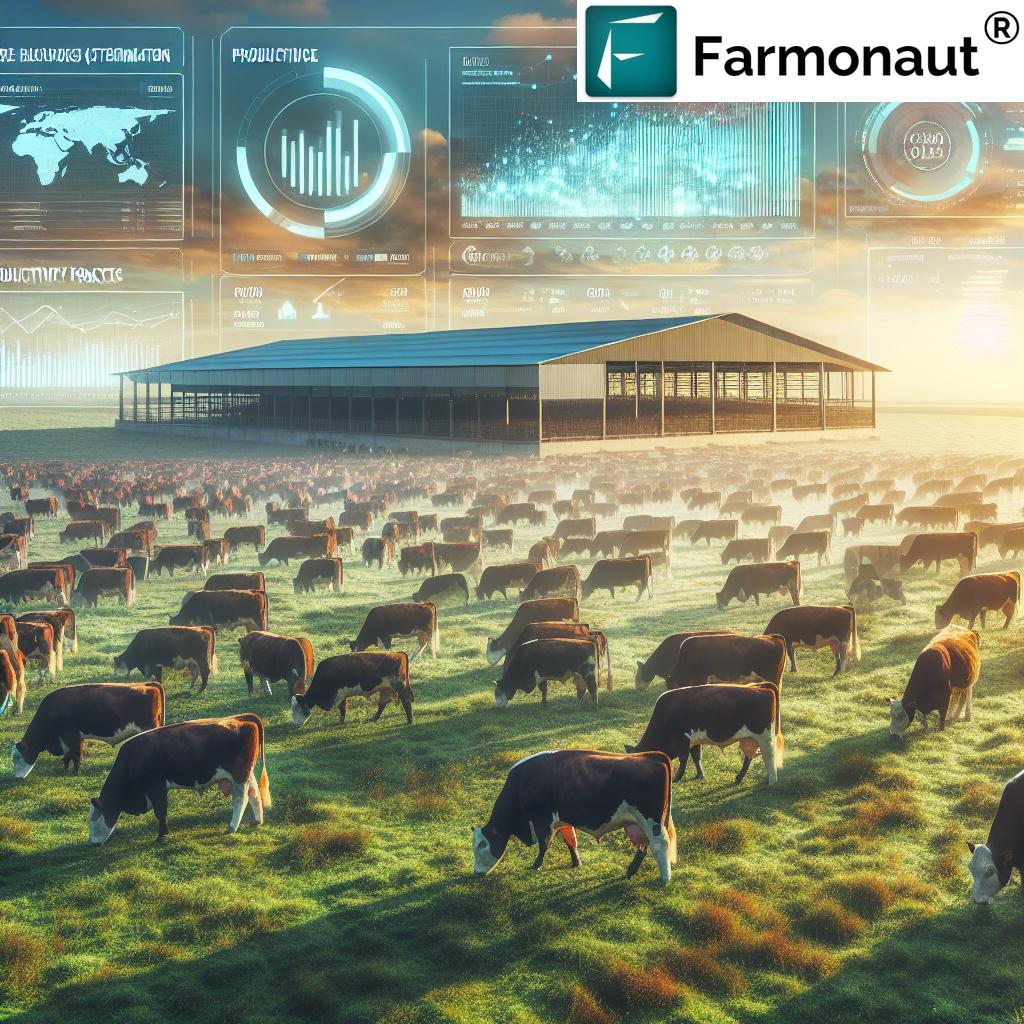Agriculture Drone Spraying: Cost & Precision Guide 2026
“By 2026, drone spraying can cover up to 30 acres per hour, tripling application speed versus manual methods.”
Introduction
Agriculture drone spraying represents one of the most impactful technological advancements in modern farming. As we approach 2026, drone crop spraying is changing the landscape of global agriculture, offering precision, efficiency, and sustainability far beyond traditional methods. With advanced spraying pumps agriculture drones, farmers are able to improve crop yields, minimize environmental impact, and make crop protection more accessible than ever before.
This comprehensive guide explores everything you need to know about field spraying drone technology for 2026. We analyze the cost and agriculture drone sprayer price, compare precision with traditional methods, showcase the latest innovations in spraying pumps, and explain the growing availability of drone spraying services—including how to find drone spraying near me.
If you’re a farmer, agri-business manager, or technology enthusiast researching investments for the future of farming, this article provides expert insight and practical resources for embracing the next era of precision agriculture.
The Evolution of Agriculture Drone Spraying (2026 Outlook)
The journey from traditional spraying practices to advanced agriculture drone spraying is a testament to how innovation can radically transform an industry. Over the past ten years, the integration of drones, particularly in the domain of crop spraying, has fundamentally altered how pests, diseases, and nutrients are managed in the field.
How Drone Crop Spraying Works
Drone crop spraying involves the use of unmanned aerial vehicles (UAVs) equipped with specialized spraying pumps and tanks. These drones disperse agrochemicals—such as fertilizers, pesticides, and herbicides—over fields with pinpoint accuracy.
- Route Planning: Drones use GPS-guided autopilots to map fields and optimize flight paths.
- Sensor-Driven Application: Multispectral imaging allows for detecting crop health variances and treatment zones.
- Proportional Application: Drones can tailor chemical output by crop type, growth stage, and pest severity—minimizing waste.
- Automation: With AI and data analytics, drones can automatically adjust spraying in real-time, ensuring efficient coverage.
This evolution has enabled farmers to access difficult terrain, rapidly cover large fields, and precisely apply treatment—reducing labor costs and maximizing yields.
Key Milestones in Drone Spraying Technology
- 2016–2020: Early drone prototypes demonstrate feasibility for small-field applications.
- 2021–2023: Commercial availability of mid-size field spraying drones. First regulatory approvals for chemical application.
- 2024–2025: Rapid adoption in Asia, Africa, and North America. Affordable service models emerge, making drone spraying more accessible locally.
- 2026 and Beyond: Advanced pumps, lightweight batteries, AI-driven analytics, and on-demand rental services become mainstream.
Why Agriculture Drone Spraying is Revolutionizing Modern Farming
The advantages of agriculture drone spraying are reshaping how agricultural crops are protected and managed. These benefits extend beyond just operational efficiency—offering environmental, economic, and social gains for farming communities.
Key Benefits of Drone Crop Spraying
-
Precision Application:
Advanced targeting ensures only required areas are sprayed, reducing the overall amount of chemicals used. -
Minimized Human Exposure:
Remote operations mean farm workers are not directly exposed to harmful substances. -
Access to Difficult Terrain:
Drones cover fields on slopes, waterlogged soil, or blocked areas—where manual labor or tractors may struggle. -
Time and Labor Savings:
Automation slashes the time needed for field spraying, freeing up farmers for other essential tasks. -
Reduced Environmental Impact:
Targeted spraying leads to less airborne drift, runoff, and non-target contamination—key for sustainable agriculture. -
Data-Driven Insights:
Collected data enables long-term yield improvements and treatment optimization.
As a result, agriculture drone sprayers have emerged as indispensable tools for farms of all sizes, particularly as environmental regulations tighten and pressure for greater efficiency rises.
State of Agriculture Drone Technology in 2026
By 2026, the state of agriculture drone technology has advanced at an unprecedented pace. Both drone hardware and software have evolved to deliver high-precision results, making field spraying drones synonymous with smart, modern farming practices.
- GPS-Guided Autopilots: Flight paths are pre-programmed for systematic, overlap-free spraying.
- Multispectral Imaging: Drones scan crops for stress, pest infestations, and nutrient deficiencies, enabling site-specific treatment.
- AI & Analytics: Real-time analytics from field spraying drones allow applications based on real data, improving yields and limiting waste.
- Obstacle Avoidance: Advanced sensors let drones operate safely in dynamic environments, avoiding damage to both crops and machinery.
- Smart Spraying Pumps: Variable rate technology enables precise control over droplet size and chemical delivery.
- User-Friendly Operation: Drones are now accessible even to first-time users due to intuitive mobile apps and remote support.
These features empower farmers to improve overall crop health and productivity, further reducing operational costs and environmental impact.
Explore Farmonaut’s Large-Scale Farm Management & Monitoring Apps

Access Farmonaut Web & Mobile Apps

Download Android App

Download iOS App
Farmonaut’s multispectral satellite crop monitoring and AI-driven features deliver actionable intelligence for optimizing field spraying drone operations, water use, and resource allocation.
“Advanced spraying pumps in drones deliver droplet sizes as small as 50 microns, enabling highly targeted crop application.”
Spraying Pumps in Agriculture Drones: Types & Advancements
At the heart of every agriculture drone sprayer is its pump. The spraying pumps agriculture requires must be capable, rugged, and tailored for aerial application. The technology and type of pump dramatically influence both efficiency and application results.
Types of Spraying Pumps Used in Drones
-
Diaphragm Pumps:
Most popular for drone crop spraying. They offer consistent pressure, handle abrasive and corrosive agrochemicals well, and are lightweight—ideal for payload-sensitive aerial vehicles. -
Peristaltic Pumps:
These operate by squeezing flexible tubing, suitable for handling thick or viscous formulations and reducing contamination risk. They allow for precise rate control and are easy to clean. -
Gear Pumps:
Used in some specialized systems, gear pumps are compact, efficient, and deliver a steady flow, but may be limited in chemical compatibility.
Why Advanced Spraying Pumps Matter
- Precision: Ability to deliver droplets as small as 50 microns for targeted coverage and minimal drift.
- Compatibility: Resistant to corrosive and complex agrochemicals, suitable for a wide variety of crops and field conditions.
- Consistency: Maintain even, adjustable pressure throughout the application—crucial for efficient and uniform distribution.
- Innovation: Variable-speed, AI-enabled pumps auto-adjust output in real-time, further maximizing efficiency and optimizing chemical use.
Advancements in spraying pumps by 2026 allow for selectable droplet size and spray patterns, ranging from fine mists for foliage to coarse jets for heavy canopies—expanding the range of applications and further minimizing waste.
For detailed agricultural insights that support optimal spraying decisions, Farmonaut’s satellite & AI monitoring platform is a reliable choice. The proactive farm health insights can enhance spraying timing and chemical targeting, boosting long-term results.
Learn how Farmonaut supports crop loan and insurance processes with satellite-backed verification.
Accessibility, Local Availability & Field Spraying Drone Services
As global awareness of precision agriculture grows, so does the availability of field spraying drones and related services—especially in agricultural regions embracing “smart farming” technologies.
Finding Drone Spraying Near Me: Market Trends (2026)
In 2026, farmers searching “drone spraying near me” will find a rapidly expanding market:
-
Rental and Subscription Models:
Greater access for small and medium-scale farmers, eliminating the need for large upfront investment. -
Local Vendors & Service Providers:
Hardware distributors and sprays-as-a-service companies are available in most major agricultural zones. -
Cooperatives and Community Services:
Many farming communities now own drones collectively, lowering cost further and improving local efficiency.
Local adoption patterns vary, but in regions such as Punjab (India), Iowa (USA), and Saskatchewan (Canada), the growth in spraying drones and pump upgrades is particularly strong due to extensive field crops and proactive farming communities.
Access Farmonaut’s Crop, Plantation & Forest Advisory for satellite-driven, precision management on your local fields.
Comparative Cost & Precision Table: Drone vs. Traditional Spraying (2026)
When evaluating investment in new technologies, a clear side-by-side comparison can help. The table below presents estimated values for drone spraying cost comparison, precision level, coverage efficiency, and environmental impact.
As shown, agriculture drone spraying leads in cost-efficiency, precision, and environmental safety for 2026 and beyond, making it an appealing technology for forward-thinking farmers.
Agriculture Drone Sprayer Price & Cost Considerations for 2026
Understanding agriculture drone sprayer price and the total cost of ownership is crucial for strategic investment decisions.
-
Entry-Level Drones:
Suitable for small farms or pilots. Typical cost: $2,000–$4,000 (8–10L payload, limited automation). -
Mid-Range Field Spraying Drones:
These drones, equipped with smart pumps and sensors, range from $8,000–$15,000 (16–20L payload, GPS autopilot, obstacle avoidance). -
Commercial-Scale Drones:
Designed for large fields and cooperatives. Price: $20,000 and up (multiple redundant systems, software integration, AI-driven analytics).
What’s Included in the Price?
- Drone body and flight system
- Smart spraying pump & fluid handling system
- Multispectral sensors and GPS modules
- Initial batteries and chargers
- Basic training and support (from service providers)
Other Cost Considerations
- Battery replacements (every 1–2 years, depending on usage)
- Maintenance and servicing
- Chemical refills
- Optional: Data analytics software subscriptions
- Regulatory compliance (country-specific permits)
For most farmers, using local rental or drone spraying service providers may be preferable to outright purchase, especially for small fields or low-frequency usage.
Integrate satellite-backed agriculture insights with the Farmonaut API for automated drone spraying decisions.
Access API Developer Docs
Environmental & Economic Advantages of Drone Spraying
As governments and consumers increase their focus on environmental safety, drone spraying has become a critical component for sustainable agriculture.
Environmental Benefits
- Reduced Chemical Use: Less over-application means lower soil and water contamination risks.
- Targeted Application: Sensitive crops or margins can be left untreated, protecting pollinators and promoting biodiversity.
- Less Soil Compaction: Aerial spraying avoids the damage heavy machinery causes to soil structure and root zones.
- Minimized Drift: Controlled droplet size and altitude cuts unwanted chemical movement to adjacent areas.
- Lower Carbon Footprint: Reduced fuel use and emissions, especially versus tractor and manned aircraft spraying.
Economic Returns
- Higher Yields & Profitability: Healthier crops, rapid treatment, and precise application typically lead to increased harvest and profit margins.
- Lower Labor Costs: Automation allows a single operator to manage what previously took teams of workers, further improving efficiency.
- Reduced Losses: Quicker, data-driven responses to pest outbreaks stop crop loss in its tracks.
The overall financial and environmental benefits offer compelling reasons for farmers and agri-businesses to embrace agriculture drone spraying as part of their future operations.
How Farmonaut Empowers Smart, Sustainable Agriculture
Satellite-powered insights are a natural companion for drone spraying technology. At Farmonaut, we provide affordable, AI-driven satellite solutions that empower precision agriculture:
- Real-Time Crop Monitoring: Our platform delivers multispectral crop health analytics, highlighting areas of stress for precise spraying.
- AI-Based Advisory (Jeevn AI): We offer actionable guidance for managing pest pressure, irrigation, and treatment timing—maximizing drone impact.
- Blockchain-Based Traceability: Our technologies support secure crop verification and trustworthy supply chains for agricultural products.
- Environmental Impact Tracking: Our carbon tracking tools help optimize decisions for eco-friendly and compliant drone operations.
- Fleet & Resource Management: Monitor and optimize the use of field spraying drones and machinery for efficiency and lower cost.
We deliver these services through user-friendly Android, iOS, and browser apps, as well as via API integrations for corporate and institutional clients.
Farmonaut’s technology democratizes access to high-end decision tools, making advanced drone spraying and data analytics affordable and accessible for all fields and budgets.
Learn how our Fleet Management module streamlines machinery and drone logistics for large farms.
Flexible Farmonaut Subscription Options
Frequently Asked Questions (FAQ)
-
Q: What is agriculture drone spraying?
A: It is the process of using unmanned aerial vehicles (drones) to apply agrochemicals (fertilizers, pesticides, herbicides) over crops with high precision and efficiency.
-
Q: How is drone crop spraying more precise than traditional methods?
A: Drones are guided by GPS and AI, use smart pumps, and can tailor spray amounts by section—reducing over-application and minimizing drift.
-
Q: What is the average cost per acre for drone spraying in 2026?
A: Estimated at $5–$9/acre for AI-driven drones, but prices may vary by region and drone type.
-
Q: What types of pumps are used in agriculture drone sprayers?
A: Diaphragm and peristaltic pumps are most common—offering corrosion resistance, reliability, and adjustable flow rates for diverse chemicals.
-
Q: How can I find drone spraying near me or access drone services locally?
A: Increasingly, local vendors, cooperatives, and agri-service companies offer rental or managed drone spraying. Search online or contact regional agri associations.
-
Q: What are the biggest environmental benefits?
A: Dramatic reduction in chemical overuse, preservation of soil health, protection of beneficial insects, and lower carbon footprint.
-
Q: How does Farmonaut improve drone spraying operations?
A: We offer satellite imagery, AI advisories, and management tools that guide treatment timing, target stressed zones, and allow for eco-friendly farm management.
-
Q: Can data from drones be integrated with other crop management solutions?
A: Yes. With platforms such as the Farmonaut API, drone-collected data can be linked to satellite analytics for smarter, automated decisions.
Conclusion: Investing in the Future with Agriculture Drone Spraying
By 2026, agriculture drone spraying and advanced spraying pumps agriculture represent the leading edge of precision farming. The evolution from manual and tractor-based methods to AI-enabled, satellite-guided drone operations means farmers and agri-businesses can improve yields, lower costs, and reduce environmental impact all at once.
As availability and local service options increase, the barriers to entry lower every year. The newest field spraying drones combine speed, accuracy, and data-driven intelligence with affordable and scalable business models. Investments made today in drone spraying set the foundation for resilient, profitable, and sustainable agriculture for years to come.
Ready to enhance your farm’s efficiency and environmental stewardship? Leverage Farmonaut’s satellite technology and advisory tools for smarter, more sustainable drone spraying in 2026 and beyond.











